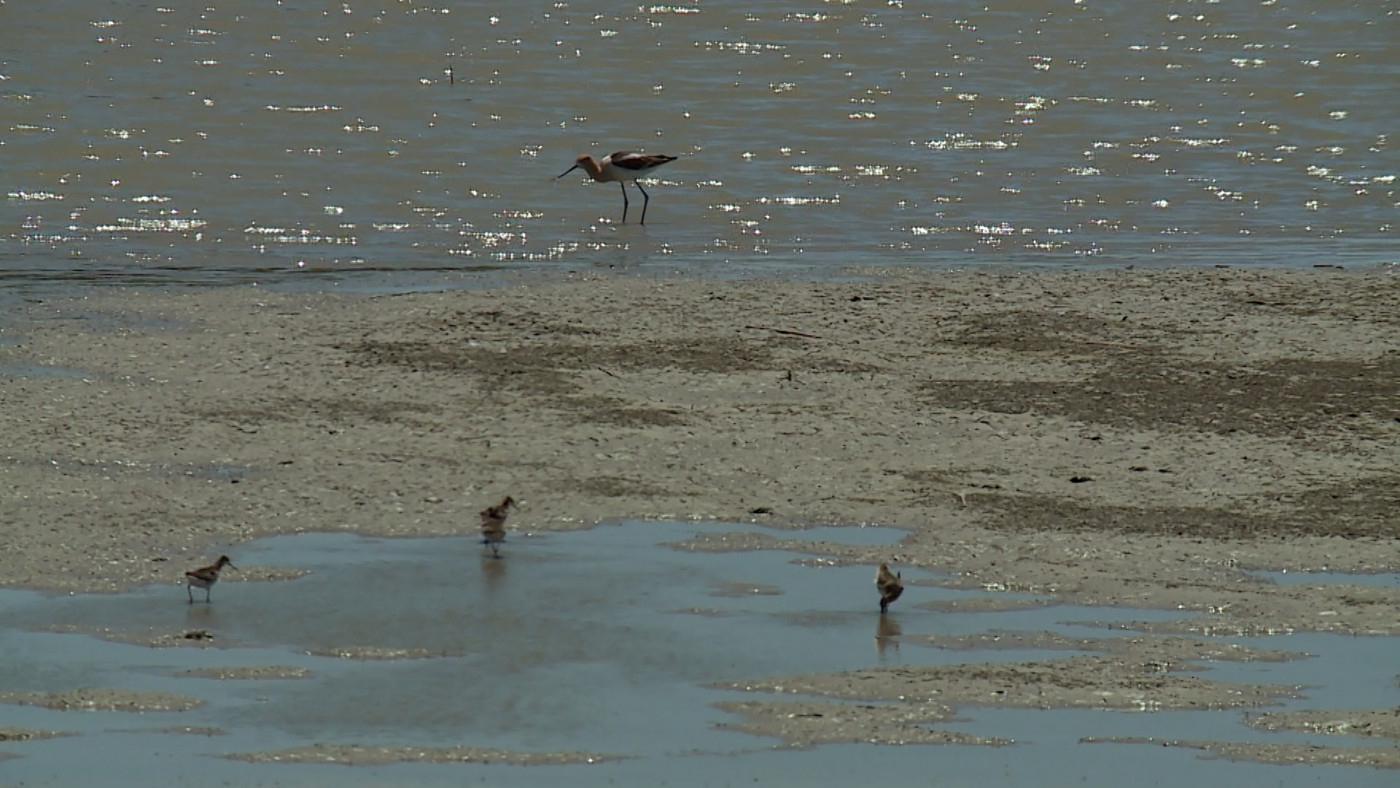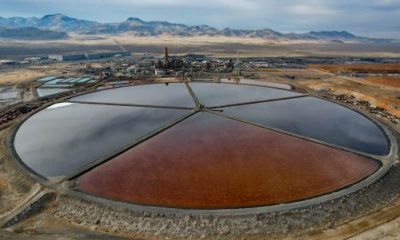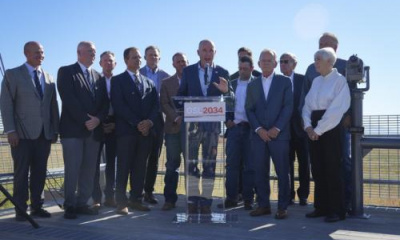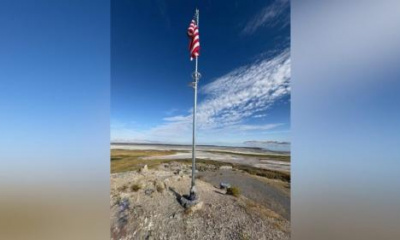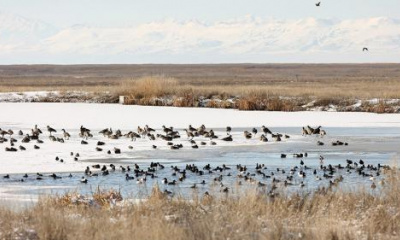LAKETOWN, Utah – With the water in the Great Salt Lake at the lowest level ever, surrounding areas are also drying up.
One of those areas the Bear River Migratory Bird Refuge. The rest stop for millions of birds has a lot more dry spots than it had in past decades.
The refuge sits on 80,000 acres and a lot of it is thirsty these days.
Managers said the refuge is very different from what it was 30 years ago and they’re getting a better picture of how that’s affecting bird populations at the popular attraction for birders.
“Oh definitely. This is a premier migratory bird stopover. We get millions of birds on any given day of the fall and the spring that come out here,” said Erin Holmes the project manager at the Bear River Migratory Refuge.
She said fewer birds are stopping at the wetlands as it loses water.
“People used to call it wings of thunder, because of what it would sound like.” Holmes said. “And we don’t have that now because we’re not able to provide that.”
Not that the refuge is ever going away, but with less water coming in from the Bear River, its water rights have delivered less water.
“The way we have to deal with it is, we have to be a little bit more selective about where we’re putting the water that we do have,” she explained.
The priority has been getting enough water into a 4,000-acre impoundment inside the Refugee’s auto tour loop.
It’s apparent some areas are drying up.
Holmes said there is a definite correlation between the amount of water and the number of birds in the refuge.
Researchers began work on a study to measure that impact in the Mountain West. The Audubon Society and Point Blue Conservation signed on to help with the study.
“It will be really interesting to see what that data is showing us,” said Holmes. “The difference between 30 years ago when the water situation was much different and now.”
About two-thirds of all the water coming into the Great Salt Lake comes from the Bear River.
Holmes says the refuge has sent part of its water allotment into the lake to avoid creating low-water areas that could attract avian botulism and invasive species.

